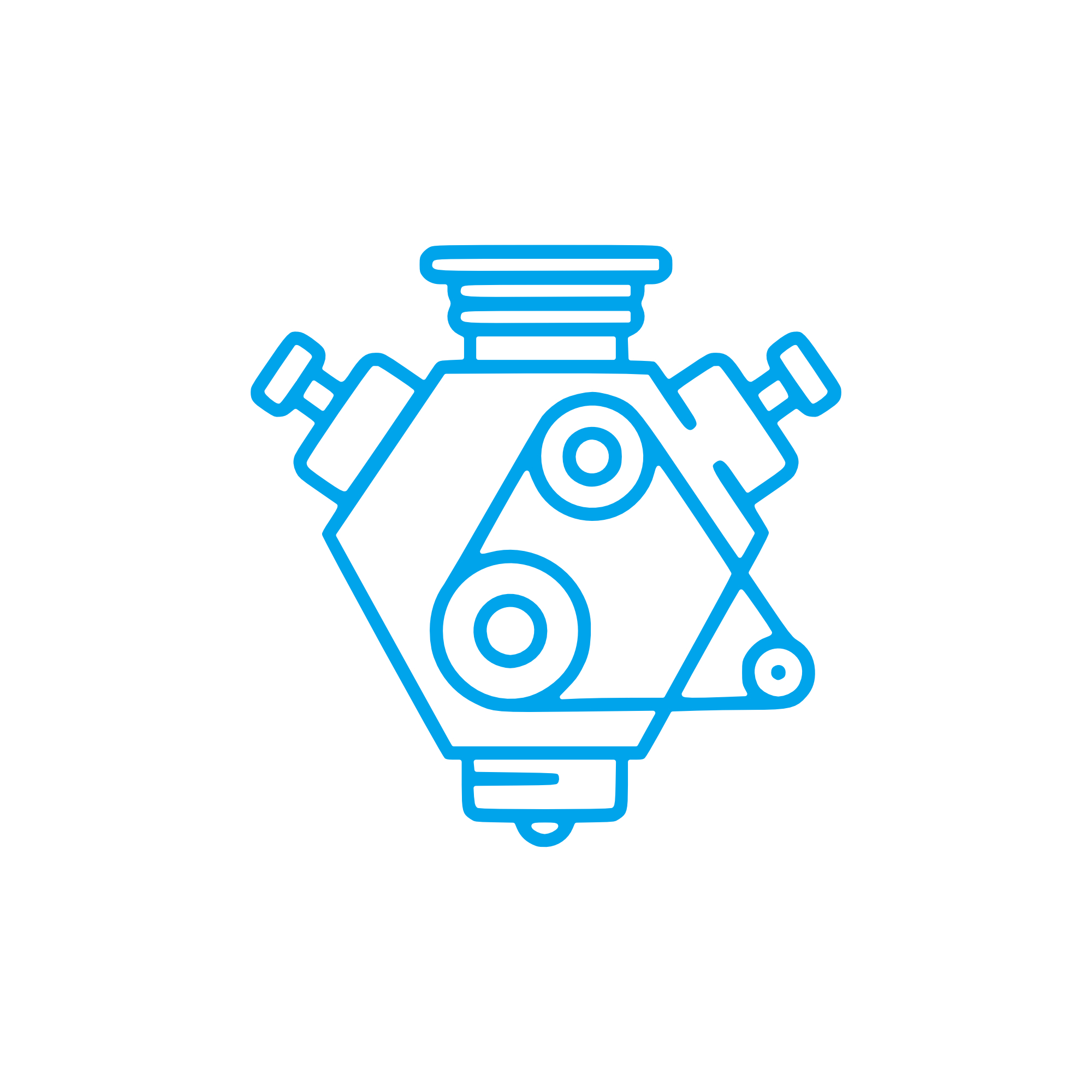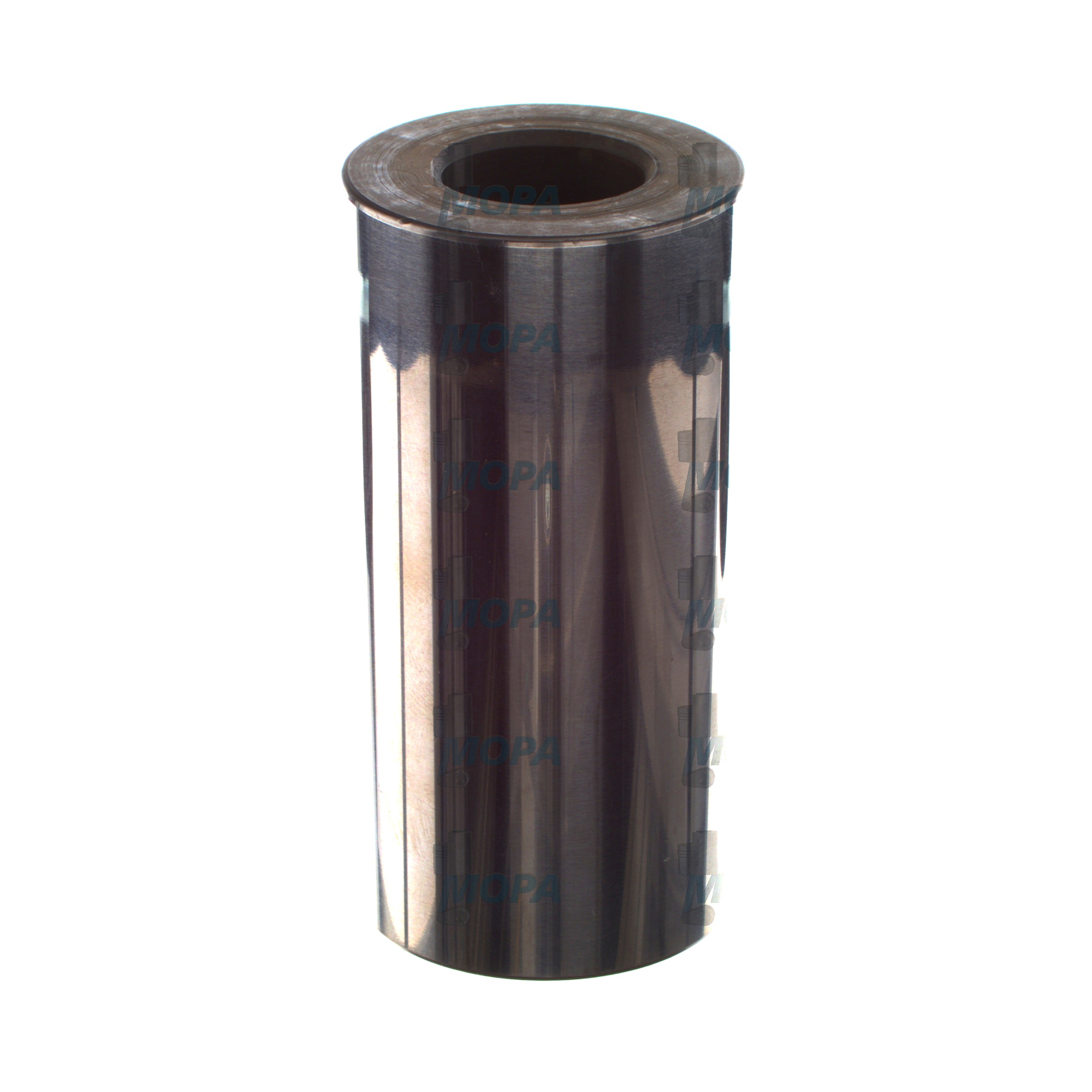PISTON PIN insights for Engine drive components
Engine drive components form the mechanical backbone of combustion powertrains, converting explosive combustion forces into smooth, controllable rotation. This category includes the piston assembly, PISTON PIN, connecting rod, crankshaft, main and rod bearings, timing gears, couplings, and ancillary drive elements. In heavy-duty diesel engines and marine engines, these components operate under extreme thermal, mechanical, and cyclical loads, making material quality, dimensional accuracy, and lubrication strategy decisive for uptime and lifecycle cost.
Among these parts, the PISTON PIN links the piston to the connecting rod, allowing oscillating motion to translate into crankshaft rotation. Together, all engine drive components determine how efficiently fuel energy becomes shaft power, how low vibration and emissions remain, and how resilient the engine is to continuous high-load duty.
Technical function of engine drive components and the PISTON PIN in a diesel engine
Engine drive components perform a tightly choreographed sequence: combustion pressure drives the piston downward, the PISTON PIN provides the pivotal joint to the small end of the connecting rod, the rod converts linear motion into rotation at the crankpin, and the crankshaft delivers torque to the output shaft. Each interface—pin-to-bushing, rod-to-crank, and main journal-to-block—relies on hydrodynamic lubrication films, micro-finish quality, and precise oil supply to prevent metal-to-metal contact and thermal runaway.
In a diesel engine, the PISTON PIN endures high compressive, bending, and shear stresses with every firing event. It must maintain perfect circularity and surface integrity while floating or press-fitting within the piston bosses and rod bushing, depending on design. Typical marine engine implementations use case-hardened or through-hardened alloy steel pins, often with honed bores, precision chamfers, and controlled ovality. Surface treatments and micro-geometry reduce boundary friction at start/stop, while internal oil drilling or dedicated spray jets stabilize temperature. As a result, the PISTON PIN for marine engine duty becomes a critical wear interface that directly influences piston cooling, ring pack stability, and overall mechanical efficiency.
Because engine drive components operate as a system, deviations in one part cascade through the powertrain. Excessive pin-to-bushing clearance causes knock, uneven load distribution on the bearing overlay, and scuffing. A misaligned crankshaft or fatigued rod can induce edge-loading on the pin, accelerating wear. Conversely, correctly specified PISTON PIN OEM parts preserve oil film thickness, control friction losses, and sustain consistent compression, supporting fuel economy and emissions compliance over long operating intervals.
- · High-strength, heat-treated alloys for load-carrying capacity.
- · Precision tolerances to maintain oil film and minimize vibration.
- · Optimized surface finish and hardness for wear resistance.
- · Robust lubrication paths to manage heat in continuous duty.
- · Dimensional stability at high temperatures and pressures.
- · System compatibility across piston, rod, and crank interfaces.
- · Proven fatigue performance for long service intervals.
Importance for engine operation and service life
Reliability in propulsion and power generation hinges on the health of engine drive components. A worn PISTON PIN or degraded rod bushing elevates noise and vibration, increases blow-by due to piston rock, and risks bore polishing. If left unchecked, micro-seizures can propagate into piston skirt scuffing, bearing overlay damage, and ultimately connecting rod failure. Similar systemic effects arise when crankshaft journals or main bearings drift out of specification—oil film collapse, temperature spikes, and imbalance shorten the lifespan of the entire rotating assembly.
In marine and land-based power units, such failures translate into unscheduled downtime, costly dry-docking, and fuel efficiency losses. Routine dimensional checks (pin diameter, out-of-round, pin boss wear), oil analysis (to detect tin/lead/aluminum from bearing materials), and non-destructive testing on critical parts help detect early-stage degradation. Keeping engine drive components within OEM drawings and clearances is the surest path to stable performance, predictable maintenance intervals, and lower total cost of ownership.
Advantages of OEM spare parts suitable for Engine drive components
Selecting OEM spare parts suitable for engine drive components—especially the PISTON PIN—delivers measurable operational benefits without compromise to budget discipline:
PISTON PIN OEM parts for marine engine and diesel applications
Exact metallurgy, heat treatment, and dimensional conformity ensure that the PISTON PIN interfaces correctly with piston bosses and rod bushings. This compatibility protects oil film integrity, preserves compression, and resists fretting corrosion under torsional pulses common in large-bore diesel engine platforms. For procurement teams, documented traceability and consistent batch quality reduce installation risk and help standardize fleet maintenance.
Why OEM spare parts are an optimal choice:
- · Consistent fit: Built to engine-maker specifications for drop-in alignment.
- · Proven materials: Correct alloy and hardness profiles for long wear life.
- · Efficiency retention: Maintains low friction and stable combustion dynamics.
- · Lower lifecycle cost: Less rework, fewer early replacements, reduced downtime.
- · Safety and compliance: Supports reliable operation under class and statutory regimes.
- · Documentation and traceability: Clear records for audits and fleet standardization.
MOPA as your partner for OEM spare parts in Engine drive components
MOPA supplies OEM spare parts for Engine drive components with a focus on speed, quality, and security in the trade of OEM parts for diesel and gas engines. Our team understands the criticality of the PISTON PIN within the rotating assembly and sources to the correct drawings, tolerances, and heat-treatment requirements. With streamlined logistics, robust packing for maritime transport, and a verified, traceable supply chain, we help shipowners and operators minimize lead times and operational risk.
From single-item replenishment to coordinated overhaul kits, MOPA supports purchasing workflows with responsive quotations, technical clarification where needed, and on-time delivery—so your maintenance windows stay predictable and engines return to service faster.
Conclusion
Engine drive components—anchored by precise elements such as the PISTON PIN—are fundamental to the performance, efficiency, and durability of diesel and marine engines. Keeping these parts in specification protects the entire powertrain and stabilizes operating costs.
By choosing OEM spare parts suitable for Engine drive components, you secure consistent fit, reliable materials, and long service life. With MOPA as your partner, you gain speed, quality, and procurement security across OEM parts for diesel and gas engine fleets.



